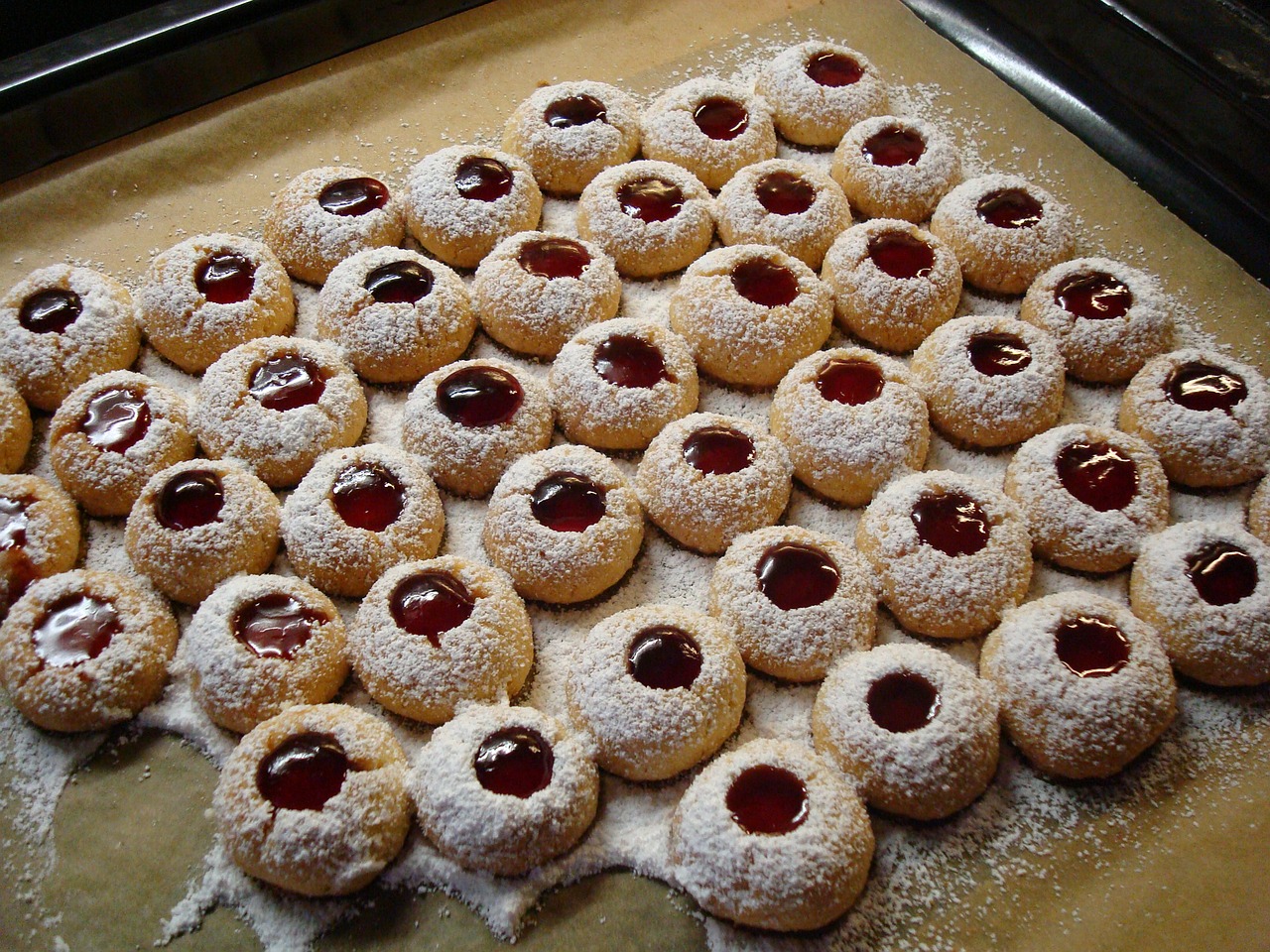STA 326 2.0 Programming and Data Analysis with R
🔩 Control Structures in R
Dr Thiyanga Talagala
Today's menu
Control structures (loops/ conditional executions)
if, else
for
while
repeat
break
next
switch

Conditional executions control the flow of the execution.
Draw a star on star-shaped cookies and draw a heart on heart-shaped cookies.
if-else
Draw a star on star-shaped cookies and draw a heart on heart-shaped cookies.
if-else
if (condition) { # do something} else { # do something else}Example
test_even_odd <- function(x){ if (x %% 2 == 0){ print("even number") } else { print("odd number") }}test_even_odd(5)[1] "odd number"test_even_odd(6)[1] "even number"ifelse: vectorization with ifelse
ifelse(condition, TRUE condition output, FALSE condition output)Example
test_even_odd_v2 <- function(x){ ifelse(x %% 2 == 0, "even number", "odd number")}test_even_odd_v2(5)FALSE [1] "odd number"test_even_odd_v2(c(1,6))FALSE [1] "odd number" "even number"Difference between if, else and ifelse
if, else
test_even_odd <- function(x){ if (x %% 2 == 0) { print("even number") } else { print("odd number") }}test_even_odd(5)FALSE [1] "odd number"test_even_odd(c(1,6))# returns an errorifelse
test_even_odd_v2 <- function(x){ ifelse (x %% 2 == 0, "even number", "odd number")}test_even_odd_v2(5)FALSE [1] "odd number"test_even_odd_v2(c(1,6))FALSE [1] "odd number" "even number"Nested if-else
- Multiple conditions
grade_marks <- function(marks){ if (marks < 20) { "D" } else if (marks <= 50) { "C" } else if (marks <= 60) { "B" } else { "A" }}grade_marks(75)[1] "A"Your turn
R for Data Science-Exercises 19.4.4 - Q2
Help:
lubridate::now() and lubridate::hour()
10:00
if
check.negative <- function(x){ if (x < 0 ) { print("X is negative") }}check.negative(-10)[1] "X is negative"check.negative(10)For the first 50 cookies, fill the center of cookies with jam.
for
For the first 50 cookies, fill the center of cookies with jam.
for loop
- execute a block of code a specific number of times or until the end of a sequence.
for (i in 1:5) { print(i*100)}[1] 100[1] 200[1] 300[1] 400[1] 500continents <- c("Asia", "EU", "AUS", "NA", "SA", "Africa")for (i in 1:4) { print(continents[i])}[1] "Asia"[1] "EU"[1] "AUS"[1] "NA"for (i in 1:4) print(continents[i])[1] "Asia"[1] "EU"[1] "AUS"[1] "NA"for (i in seq(continents)) { print(continents[i])}[1] "Asia"[1] "EU"[1] "AUS"[1] "NA"[1] "SA"[1] "Africa"Your turn
Write a for loop that iterates over the numbers 1 to 4 and prints the squared of each number using print().
03:00
For the first 50 cookies, draw a star on star-shaped cookies and draw a heart on heart-shaped cookies.
nested loops
For the first 50 cookies, draw a star on star-shaped cookies and draw a heart on heart-shaped cookies.
Nested loops
a <- 1:10testfun <- function(x){for (x in 1:5) { if (x %% 2 == 0) { print("even number") } else { print("odd number") }}}testfun(a)[1] "odd number"[1] "even number"[1] "odd number"[1] "even number"[1] "odd number"Nested loops
mat <- matrix(1:6, ncol=2)mat [,1] [,2][1,] 1 4[2,] 2 5[3,] 3 6for (i in 1:3) { for (j in 1:2) { print(mat[i, j]) }}[1] 1[1] 4[1] 2[1] 5[1] 3[1] 6Your turn
Write a function to count the number of even numbers in a vector.
08:00
Taste the cookies one by one until you find the star-shaped cookie.
while
Taste the cookies one by one until you find the star-shaped cookie.
while
i <- 1 # initial valuewhile (i != 10) { print(i) i <- i + 1 # increment}[1] 1[1] 2[1] 3[1] 4[1] 5[1] 6[1] 7[1] 8[1] 9i <- 1 # initial valuewhile (i < 10) { print(i) i <- i + 1 # increment}[1] 1[1] 2[1] 3[1] 4[1] 5[1] 6[1] 7[1] 8[1] 9Your turn
Can you guess the output?
i <- 1 # initial valuewhile (i == 10) { print(i) i <- i + 1 # increment}01:00
Your turn
Generate the first n numbers of the Fibonacci Sequence using while loop.
0 1 1 2 3 5 ...
04:00
Taste the cookies one by one until you find the strawberry flavoured cookie.
repeat-break
Taste the cookies one by one until you find the strawberry flavoured cookie.
repeat and break
Iterate over a block of code multiple number of times.
No condition check in repeat loop to exit the loop.
The only way to exit a repeat loop is to call break.
repeat and break
Example 1
x <- 5repeat { print(x) x = x+1 if (x == 10){ break }}[1] 5[1] 6[1] 7[1] 8[1] 9repeat and break
Example 1
x <- 5repeat { print(x) x = x+1 if (x == 10){ break }}[1] 5[1] 6[1] 7[1] 8[1] 9Example 2
set.seed(1)repeat { x<-runif(1, 5, 10) print(x) if(x < 6.1){ break }}[1] 6.327543[1] 6.860619[1] 7.864267[1] 9.541039[1] 6.00841Your turn
Write a function to print random numbers from the standard normal distribution but stops (breaks) if you get a number bigger than 1.
Using next adapt the loop from last exercise so that doesn’t print negative numbers.
Skip cracked muffins and decorate the rest.
next
Skip cracked muffins and decorate the rest.
next
for(i in 1:10) { if(i <= 5) { next # Skip the first 5 iterations }print(i)}[1] 6[1] 7[1] 8[1] 9[1] 10Green base - roses, Red - small dots, Pink - stars, ...
switch
Green base - roses, Red - small dots, etc..
switch
When you want a function to do different things in different circumstances, then the switch function can be useful.
feelings <- c("sad", "afraid")for (i in feelings){ print( switch(i, happy = "I am glad you are happy", afraid = "There is nothing to fear", sad = "Cheer up", angry = "Calm down now" ))}[1] "Cheer up"[1] "There is nothing to fear"Single element - working
x <- "a"v <- switch(x, "a" = "apple", "b" = "banana", "c" = "cherry")v[1] "apple"Multiple elements - not working
switch(c("a", "b"), "a" = "apple", # not working "b" = "banana", "c" = "cherry")Multiple element - use for loop
vect <- c("a", "b")for(i in seq(vect)){print(switch(i, "a" = "apple", "b" = "banana", "c" = "cherry"))}## [1] "apple"## [1] "banana"